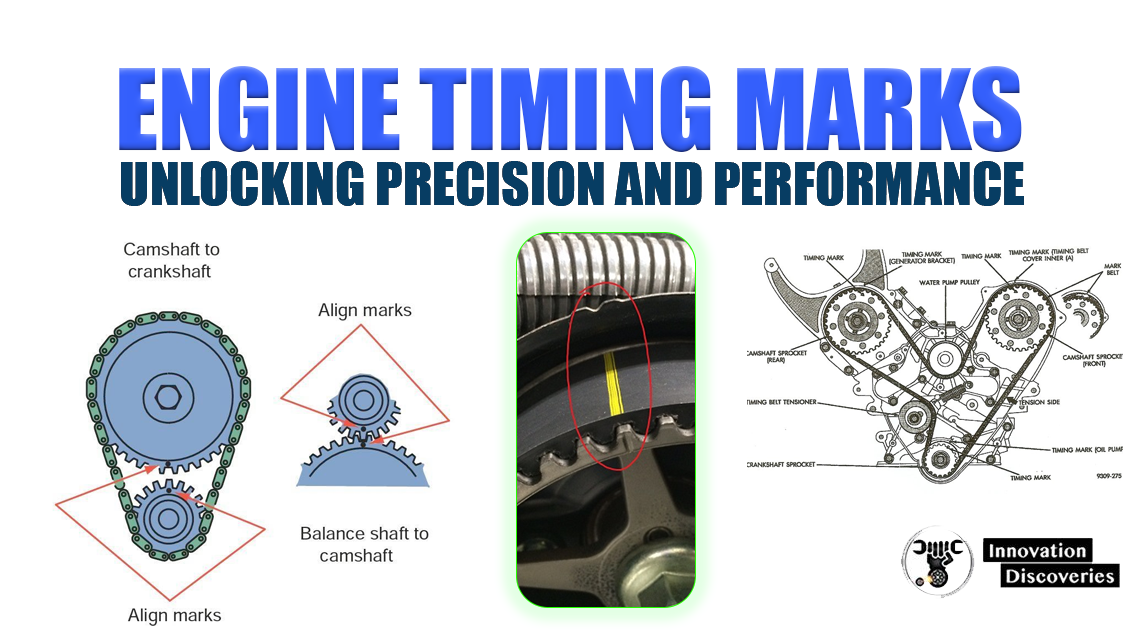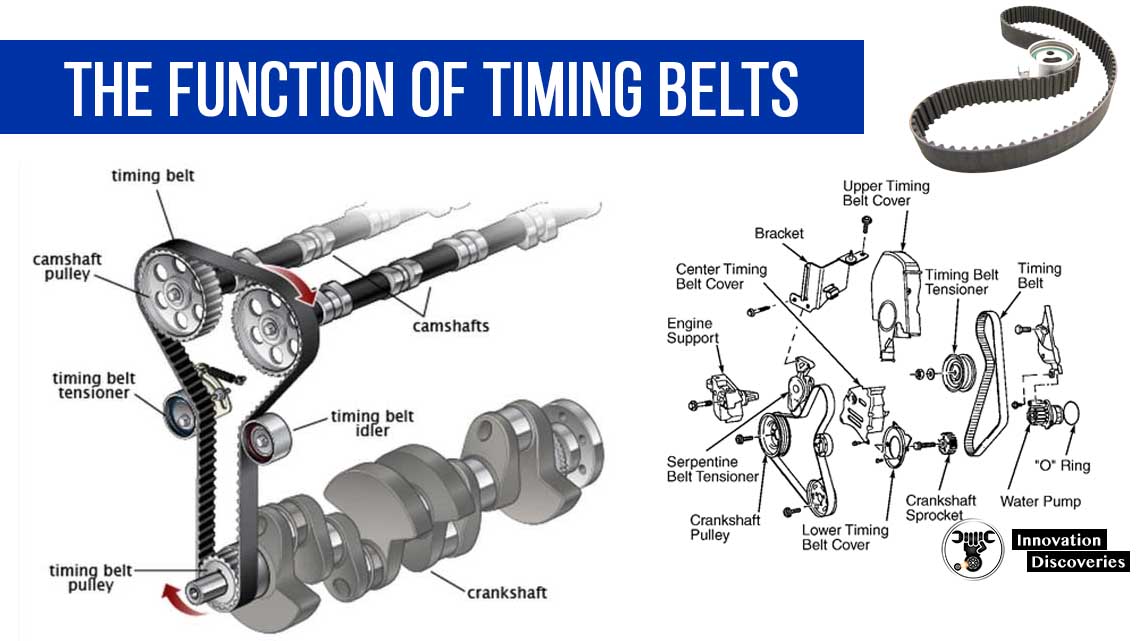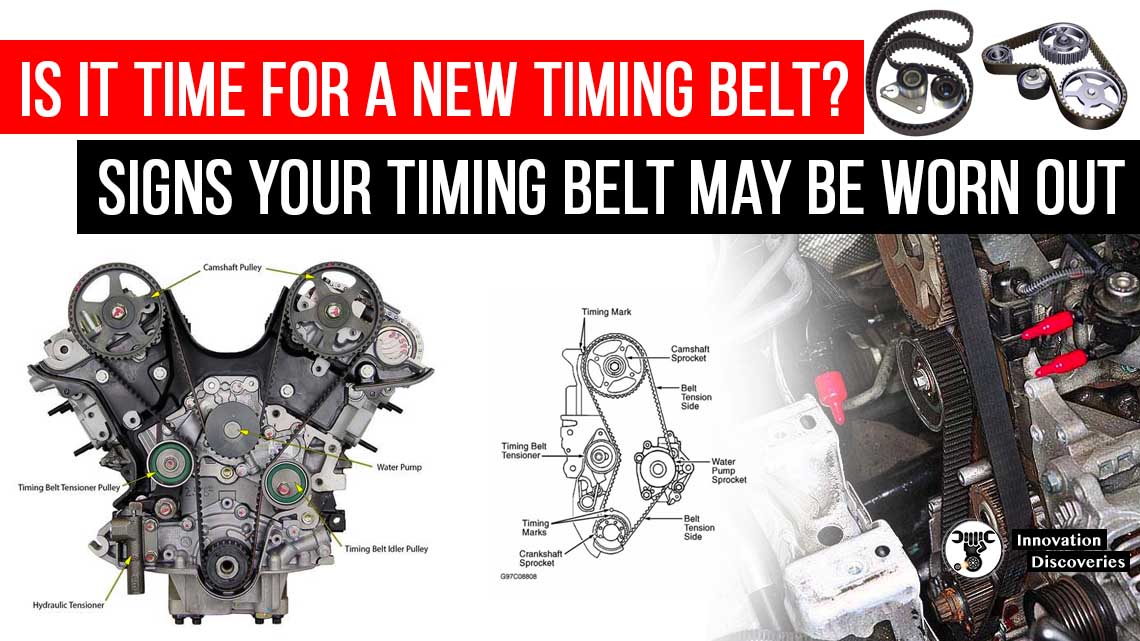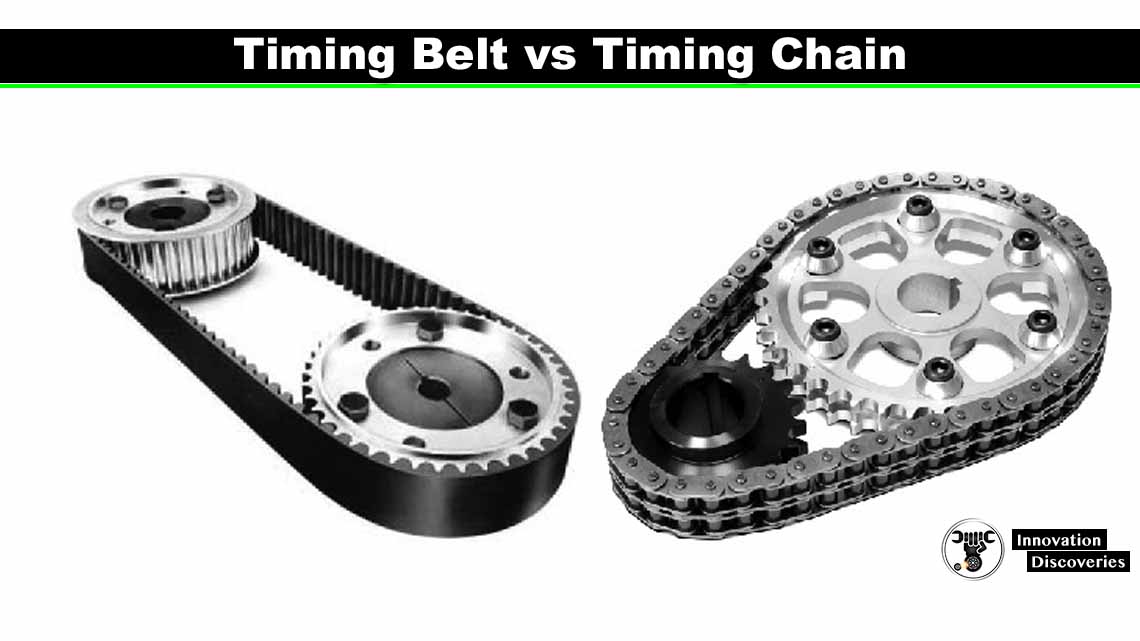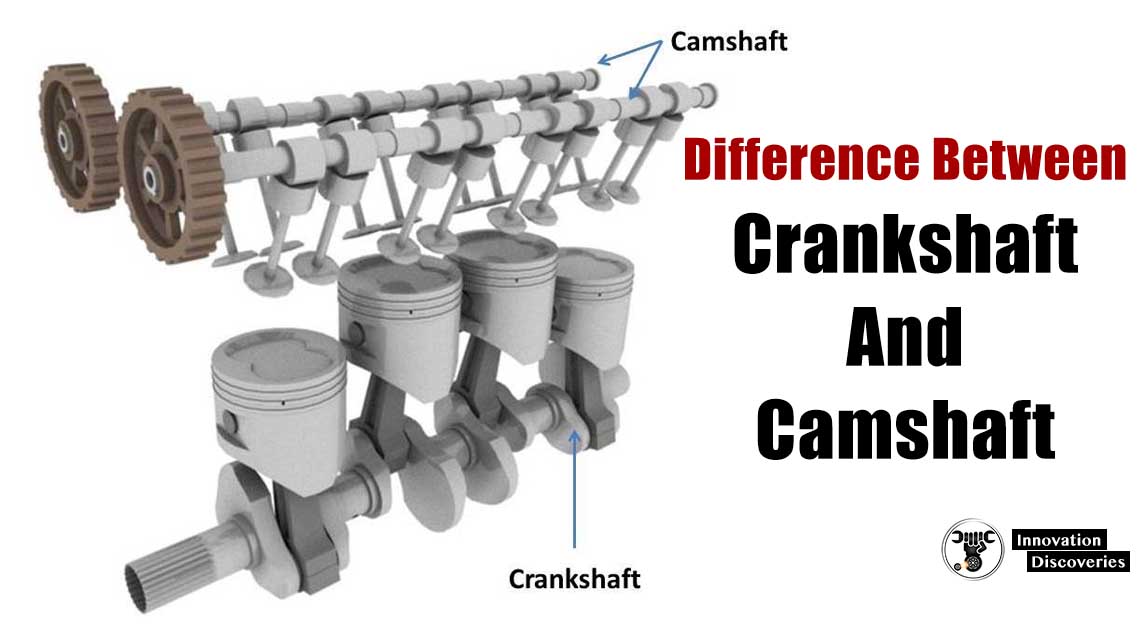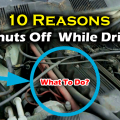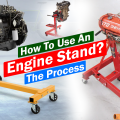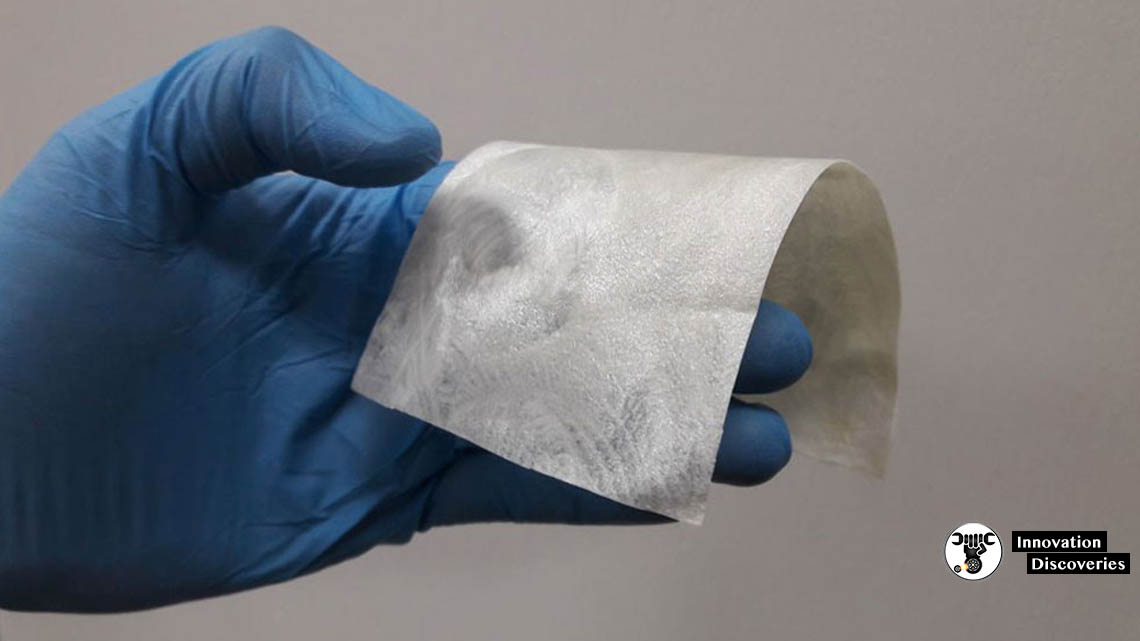
What is a Timing Belt?
A timing belt is a ribbed belt that connects the crankshaft of the engine to the camshaft(s) and helps synchronize their movement. In some engines, the timing belt also drives the water pump and other components.
The timing belt is made of strong rubber material, reinforced with fiber cords, and has teeth or grooves on the inside surface that mesh with matching teeth or grooves on the pulleys.
The timing belt is responsible for maintaining the precise timing of the engine’s valves, which open and close in sequence to allow fuel and air into the combustion chamber and exhaust gases out.
The camshaft(s) controls the valve’s timing and movement, while the crankshaft controls the pistons’ movement. The timing belt ensures that the camshaft(s) and crankshaft remain in sync, ensuring that the valves open and close at the right time.
Types of Timing Belts
There are two types of timing belts: non-interference and interference. Non-interference engines have enough clearance between the valves and pistons that if the timing belt fails, the pistons will not collide with the valves, preventing engine damage.
Interference engines, on the other hand, do not have enough clearance, and if the timing belt fails, the pistons will collide with the valves, causing significant engine damage.
Timing Belt Replacement
Timing belts do not last forever and must be replaced periodically, typically every 60,000 to 100,000 miles, depending on the vehicle’s make and model. The manufacturer’s recommended replacement interval should always be followed to prevent premature failure and engine damage.
Timing belt replacement is a complex job that requires specialized knowledge and tools, so it is recommended that it is done by a professional mechanic.
The process involves removing the old timing belt, inspecting the pulleys and tensioners, and installing a new belt. The tensioner and pulleys should be replaced at the same time as the timing belt to ensure that the entire system is working correctly.
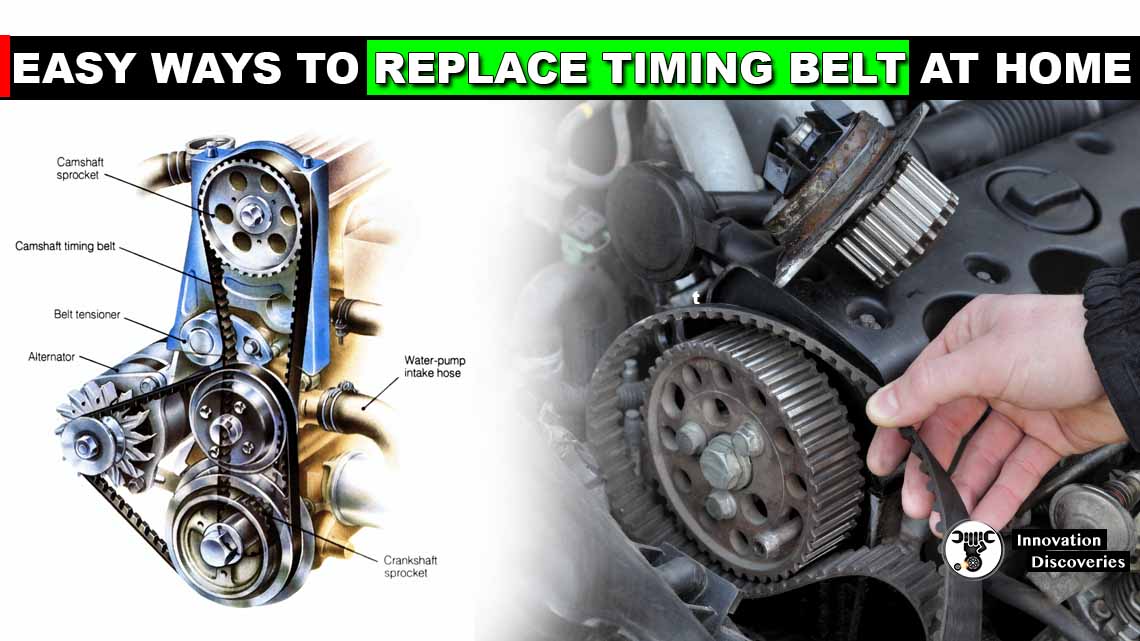
Common Timing Belt Problems
Timing belts can fail for a variety of reasons, including:
- Age and Wear – Timing belts can weaken and degrade over time due to exposure to heat, oil, and other contaminants, leading to premature failure.
- Contamination – Oil and coolant leaks can contaminate the timing belt, causing it to deteriorate prematurely.
- Misalignment – Misaligned or worn pulleys can cause excessive belt wear, leading to failure.
- Tensioner Failure – The timing belt tensioner is responsible for maintaining proper belt tension. If it fails, the belt can slip, leading to engine damage.
FOR MORE KNOWLEDGE
- WHAT HAPPENS WHEN A TIMING CHAIN BREAKS WHILE DRIVING
- VEHICLE SERPENTINE BELTS
- WHAT’RE THAT SOUND? 5 NOISES YOU NEVER WANT TO HEAR FROM YOUR CAR
- 4 COMMON ENGINE MISFIRE CAUSES
- HOW DOES AN INTEGRATED MOTOR ASSIST OPERATE?
Maintaining Your Timing Belt
Proper maintenance can help extend the life of your timing belt and prevent premature failure. Here are some tips for maintaining your timing belt:
- Follow the manufacturer’s recommended replacement interval.
- Inspect the timing belt regularly for signs of wear, cracking, or contamination.
- Check the tensioner and pulleys for wear or misalignment and replace them as needed.
- Keep the engine clean and free of leaks to prevent contamination of the timing belt.
Conclusion
Timing belts play a critical role in the operation of an internal combustion engine, and their failure can result in significant engine damage.
Regular maintenance and replacement according to the manufacturer’s recommended interval can help prevent premature failure and extend the life of your engine. If you notice any signs of wear or damage, have your timing belt inspected by.
Read More:
- Here’s How You Quickly Stop a Runaway Diesel
- The engine – how it drives its ancillary parts
- Water Pump Replacement
- 5 Reasons Behind Car Engine Vibration
- VALVE TRAIN: COMPONENTS, TYPES AND THEIR FUNCTION
- Symptoms of an Exhaust Leak
Visit Forum
Visit Our Friendly Website


